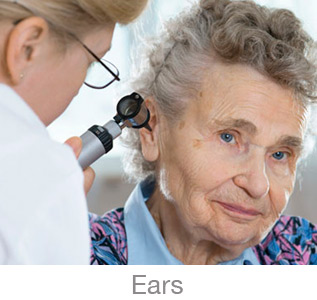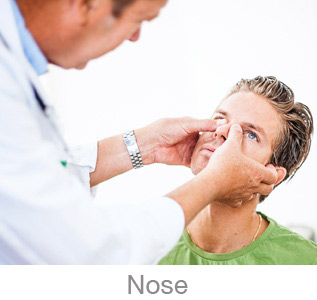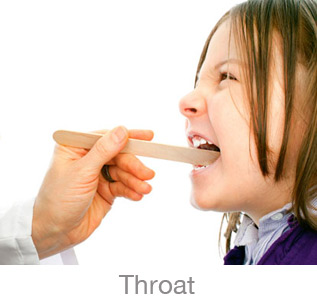Children face many of the same health problems that adults do, however symptoms may show themselves differently and treatment methods that work well in adults may not be appropriate for children.
Your child’s sinuses are not fully developed until late in the teen years. Although small, the maxillary (behind the cheek) and ethmoid (between the eyes) sinuses are present at birth. Unlike in adults, pediatric sinusitis is difficult to diagnose because symptoms of sinusitis can be caused by other problems, such as viral illness and allergy.
How Do I Know when My Child Has Sinusitis?
The following symptoms may indicate a sinus infection in your child:
- a “cold” lasting more than 10 to 14 days, sometimes with a low-grade fever
- thick yellow-green nasal drainage
- post-nasal drip sometimes leading to or exhibited as sore throat, cough, bad breath, nausea and/or vomiting
- headache, usually in children age six or older
- irritability or fatigue
- swelling around the eyes.
Young children are more prone to infections of the nose, sinus, and ears, especially in the first several years of life. These are most frequently caused by viral infections (colds), and they may be aggravated by allergies. However, if your child remains ill beyond the usual week to ten days, a sinus infection may be the cause.
You can reduce the risk of sinus infections for your child by reducing exposure to known environmental allergies and pollutants such as tobacco smoke, reducing his/her time at day care, and treating stomach acid reflux disease.
Sinusitis in children is different than sinusitis in adults. Children more often demonstrate a cough, bad breath, crankiness, low energy, and swelling around the eyes, along with a thick yellow- green nasal or post-nasal drip. It is important to consult Dr Fisher with any medical concerns you have about your child.




